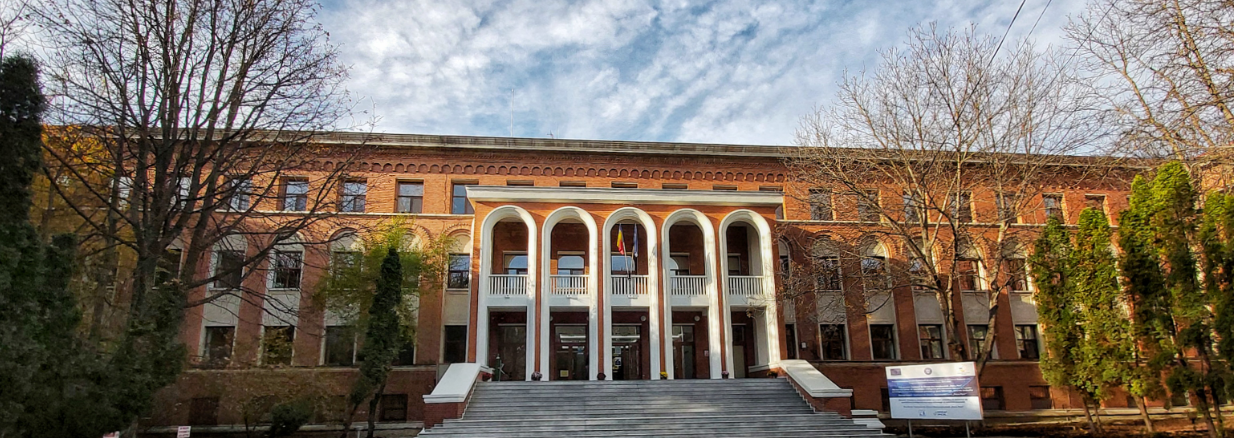- Preparation of biocomposite materials based on synthetic polymers/biopolymers
Softwood was modified by successive treatment with succinic anhydride and epoxidized soybean oil and the biocomposites were characterized and subjected to UV accelerated aging.
- Physico-chemical and structural characterization
Cr tanned leather (wet–blue) was replaced by the eco- friendly Ti-Al tanned leather (wet–white) and their thermal degradation mechanisms were studied. Structural changes during thermal behavior were monitored by, Fourier transform infrared spectroscopy, differential scanning calorimetry, scanning electron microscope equipped with an EDX for elemental analysis.
- Stabilization of composite materials, synthetic polymers/biopolymers with coatings from natural resources
For assessing the coating properties of an epoxy system hardened with maleinized castor oil, 2-(4,6-diphenyl-1,3,5-triazin-2-yl)-5-[(hexyl)oxy]-phenol (TINUVIN 1577 FF) photostabilizer was added and photochemical behavior was assessed at two different wavelengths.
- Monitoring the behavior of polymeric/biopolymer systems under thermal degradation conditions
Epoxy derivatives were thermally and photochemically cross-linked. The softwood samples, modified with succinic anhydride, were impregnated individually or in the mixture with glycidyl methacrylate, diglycidyl ether of bisphenol A, and epoxidized grapeseed oil and cross-linked afterward. The biocomposites were monitored in terms of thermal degradation behavior.
-
- Establish specific mechanisms and kinetics of thermal degradation reactions
A study on the thermal behavior of a β-cyclodextrin-caged 4,4’-bipyridinium-bis(siloxane) inclusion complex was undertaken. The occurrence of complexation phenomena was evidenced by an increase in the thermal stability of the inclusion complex, compared to that of pure host and guest molecules. Inclusion complex formation was also evidenced through simultaneous TGA-DTA analysis by the lowering in the intensity of the guest molecule melting profile and increase in residue mass due to the protection of guest molecule by the cyclodextrin cavity. Non-isothermal degradation kinetic studies were conducted by dynamic thermogravimetry, in nitrogen, up to 700 oC, after recording thermograms at four heating rates. Global kinetic parameter values were determined by means of Friedman and Flynn–Wall–Ozawa isoconversional methods.
-
- Study of the stability of light and/or UV radiation depending on the irradiation dose, the wavelength, and the photostabilizer
In order to bring new knowledge and know-how into the replacement of the hazardous Cr tanned leather (wet-blue) with the eco- friendly Ti-Al tanned leather (wet-white), one must first comprehend the photochemical decomposition mechanism of the differently tanned leathers under environmental accelerated aging conditions.
-
- Testing the resistance to microbiological attack of polymeric materials based on polymers/biopolymers
Biocomposites based on wood and modified vegetable oils were obtained. The samples physico-chemical and fungal resistance properties were monitored. |








